Jingwei Huang
refer to the report for detailed contributions
Hunyuan3D Studio: End-to-End AI Pipeline for Game-Ready 3D Asset Generation
Sep 16, 2025



Abstract:The creation of high-quality 3D assets, a cornerstone of modern game development, has long been characterized by labor-intensive and specialized workflows. This paper presents Hunyuan3D Studio, an end-to-end AI-powered content creation platform designed to revolutionize the game production pipeline by automating and streamlining the generation of game-ready 3D assets. At its core, Hunyuan3D Studio integrates a suite of advanced neural modules (such as Part-level 3D Generation, Polygon Generation, Semantic UV, etc.) into a cohesive and user-friendly system. This unified framework allows for the rapid transformation of a single concept image or textual description into a fully-realized, production-quality 3D model complete with optimized geometry and high-fidelity PBR textures. We demonstrate that assets generated by Hunyuan3D Studio are not only visually compelling but also adhere to the stringent technical requirements of contemporary game engines, significantly reducing iteration time and lowering the barrier to entry for 3D content creation. By providing a seamless bridge from creative intent to technical asset, Hunyuan3D Studio represents a significant leap forward for AI-assisted workflows in game development and interactive media.
Hunyuan3D 2.1: From Images to High-Fidelity 3D Assets with Production-Ready PBR Material
Jun 18, 2025Abstract:3D AI-generated content (AIGC) is a passionate field that has significantly accelerated the creation of 3D models in gaming, film, and design. Despite the development of several groundbreaking models that have revolutionized 3D generation, the field remains largely accessible only to researchers, developers, and designers due to the complexities involved in collecting, processing, and training 3D models. To address these challenges, we introduce Hunyuan3D 2.1 as a case study in this tutorial. This tutorial offers a comprehensive, step-by-step guide on processing 3D data, training a 3D generative model, and evaluating its performance using Hunyuan3D 2.1, an advanced system for producing high-resolution, textured 3D assets. The system comprises two core components: the Hunyuan3D-DiT for shape generation and the Hunyuan3D-Paint for texture synthesis. We will explore the entire workflow, including data preparation, model architecture, training strategies, evaluation metrics, and deployment. By the conclusion of this tutorial, you will have the knowledge to finetune or develop a robust 3D generative model suitable for applications in gaming, virtual reality, and industrial design.
LLGS: Unsupervised Gaussian Splatting for Image Enhancement and Reconstruction in Pure Dark Environment
Mar 24, 2025Abstract:3D Gaussian Splatting has shown remarkable capabilities in novel view rendering tasks and exhibits significant potential for multi-view optimization.However, the original 3D Gaussian Splatting lacks color representation for inputs in low-light environments. Simply using enhanced images as inputs would lead to issues with multi-view consistency, and current single-view enhancement systems rely on pre-trained data, lacking scene generalization. These problems limit the application of 3D Gaussian Splatting in low-light conditions in the field of robotics, including high-fidelity modeling and feature matching. To address these challenges, we propose an unsupervised multi-view stereoscopic system based on Gaussian Splatting, called Low-Light Gaussian Splatting (LLGS). This system aims to enhance images in low-light environments while reconstructing the scene. Our method introduces a decomposable Gaussian representation called M-Color, which separately characterizes color information for targeted enhancement. Furthermore, we propose an unsupervised optimization method with zero-knowledge priors, using direction-based enhancement to ensure multi-view consistency. Experiments conducted on real-world datasets demonstrate that our system outperforms state-of-the-art methods in both low-light enhancement and 3D Gaussian Splatting.
MaRI: Material Retrieval Integration across Domains
Mar 11, 2025Abstract:Accurate material retrieval is critical for creating realistic 3D assets. Existing methods rely on datasets that capture shape-invariant and lighting-varied representations of materials, which are scarce and face challenges due to limited diversity and inadequate real-world generalization. Most current approaches adopt traditional image search techniques. They fall short in capturing the unique properties of material spaces, leading to suboptimal performance in retrieval tasks. Addressing these challenges, we introduce MaRI, a framework designed to bridge the feature space gap between synthetic and real-world materials. MaRI constructs a shared embedding space that harmonizes visual and material attributes through a contrastive learning strategy by jointly training an image and a material encoder, bringing similar materials and images closer while separating dissimilar pairs within the feature space. To support this, we construct a comprehensive dataset comprising high-quality synthetic materials rendered with controlled shape variations and diverse lighting conditions, along with real-world materials processed and standardized using material transfer techniques. Extensive experiments demonstrate the superior performance, accuracy, and generalization capabilities of MaRI across diverse and complex material retrieval tasks, outperforming existing methods.
Hunyuan3D 2.0: Scaling Diffusion Models for High Resolution Textured 3D Assets Generation
Jan 21, 2025



Abstract:We present Hunyuan3D 2.0, an advanced large-scale 3D synthesis system for generating high-resolution textured 3D assets. This system includes two foundation components: a large-scale shape generation model -- Hunyuan3D-DiT, and a large-scale texture synthesis model -- Hunyuan3D-Paint. The shape generative model, built on a scalable flow-based diffusion transformer, aims to create geometry that properly aligns with a given condition image, laying a solid foundation for downstream applications. The texture synthesis model, benefiting from strong geometric and diffusion priors, produces high-resolution and vibrant texture maps for either generated or hand-crafted meshes. Furthermore, we build Hunyuan3D-Studio -- a versatile, user-friendly production platform that simplifies the re-creation process of 3D assets. It allows both professional and amateur users to manipulate or even animate their meshes efficiently. We systematically evaluate our models, showing that Hunyuan3D 2.0 outperforms previous state-of-the-art models, including the open-source models and closed-source models in geometry details, condition alignment, texture quality, and etc. Hunyuan3D 2.0 is publicly released in order to fill the gaps in the open-source 3D community for large-scale foundation generative models. The code and pre-trained weights of our models are available at: https://github.com/Tencent/Hunyuan3D-2
Large language models enabled multiagent ensemble method for efficient EHR data labeling
Oct 21, 2024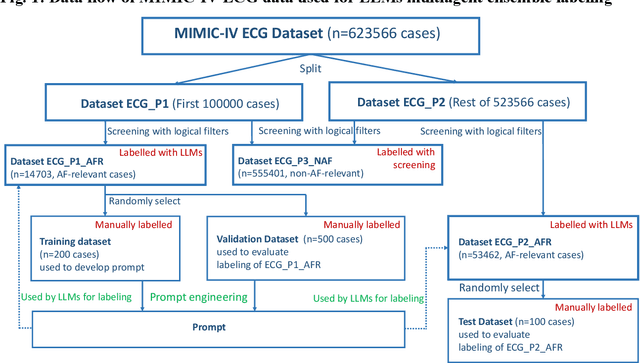
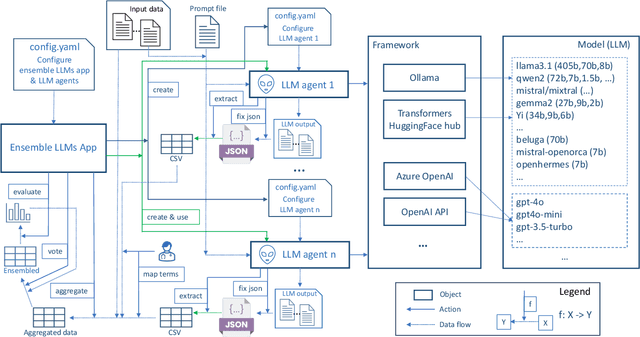
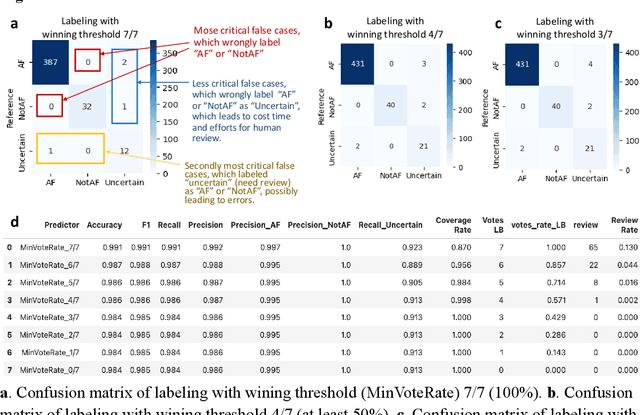
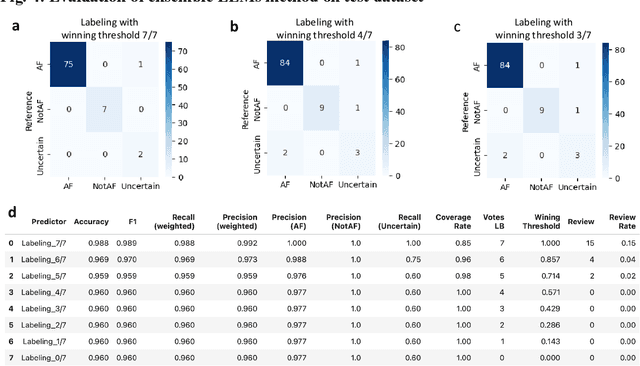
Abstract:This study introduces a novel multiagent ensemble method powered by LLMs to address a key challenge in ML - data labeling, particularly in large-scale EHR datasets. Manual labeling of such datasets requires domain expertise and is labor-intensive, time-consuming, expensive, and error-prone. To overcome this bottleneck, we developed an ensemble LLMs method and demonstrated its effectiveness in two real-world tasks: (1) labeling a large-scale unlabeled ECG dataset in MIMIC-IV; (2) identifying social determinants of health (SDOH) from the clinical notes of EHR. Trading off benefits and cost, we selected a pool of diverse open source LLMs with satisfactory performance. We treat each LLM's prediction as a vote and apply a mechanism of majority voting with minimal winning threshold for ensemble. We implemented an ensemble LLMs application for EHR data labeling tasks. By using the ensemble LLMs and natural language processing, we labeled MIMIC-IV ECG dataset of 623,566 ECG reports with an estimated accuracy of 98.2%. We applied the ensemble LLMs method to identify SDOH from social history sections of 1,405 EHR clinical notes, also achieving competitive performance. Our experiments show that the ensemble LLMs can outperform individual LLM even the best commercial one, and the method reduces hallucination errors. From the research, we found that (1) the ensemble LLMs method significantly reduces the time and effort required for labeling large-scale EHR data, automating the process with high accuracy and quality; (2) the method generalizes well to other text data labeling tasks, as shown by its application to SDOH identification; (3) the ensemble of a group of diverse LLMs can outperform or match the performance of the best individual LLM; and (4) the ensemble method substantially reduces hallucination errors. This approach provides a scalable and efficient solution to data-labeling challenges.
NGP-RT: Fusing Multi-Level Hash Features with Lightweight Attention for Real-Time Novel View Synthesis
Jul 15, 2024Abstract:This paper presents NGP-RT, a novel approach for enhancing the rendering speed of Instant-NGP to achieve real-time novel view synthesis. As a classic NeRF-based method, Instant-NGP stores implicit features in multi-level grids or hash tables and applies a shallow MLP to convert the implicit features into explicit colors and densities. Although it achieves fast training speed, there is still a lot of room for improvement in its rendering speed due to the per-point MLP executions for implicit multi-level feature aggregation, especially for real-time applications. To address this challenge, our proposed NGP-RT explicitly stores colors and densities as hash features, and leverages a lightweight attention mechanism to disambiguate the hash collisions instead of using computationally intensive MLP. At the rendering stage, NGP-RT incorporates a pre-computed occupancy distance grid into the ray marching strategy to inform the distance to the nearest occupied voxel, thereby reducing the number of marching points and global memory access. Experimental results show that on the challenging Mip-NeRF360 dataset, NGP-RT achieves better rendering quality than previous NeRF-based methods, achieving 108 fps at 1080p resolution on a single Nvidia RTX 3090 GPU. Our approach is promising for NeRF-based real-time applications that require efficient and high-quality rendering.
LDGCN: An Edge-End Lightweight Dual GCN Based on Single-Channel EEG for Driver Drowsiness Monitoring
Jul 08, 2024



Abstract:Driver drowsiness electroencephalography (EEG) signal monitoring can timely alert drivers of their drowsiness status, thereby reducing the probability of traffic accidents. Graph convolutional networks (GCNs) have shown significant advancements in processing the non-stationary, time-varying, and non-Euclidean nature of EEG signals. However, the existing single-channel EEG adjacency graph construction process lacks interpretability, which hinders the ability of GCNs to effectively extract adjacency graph features, thus affecting the performance of drowsiness monitoring. To address this issue, we propose an edge-end lightweight dual graph convolutional network (LDGCN). Specifically, we are the first to incorporate neurophysiological knowledge to design a Baseline Drowsiness Status Adjacency Graph (BDSAG), which characterizes driver drowsiness status. Additionally, to express more features within limited EEG data, we introduce the Augmented Graph-level Module (AGM). This module captures global and local information at the graph level, ensuring that BDSAG features remain intact while enhancing effective feature expression capability. Furthermore, to deploy our method on the fourth-generation Raspberry Pi, we utilize Adaptive Pruning Optimization (APO) on both channels and neurons, reducing inference latency by almost half. Experiments on benchmark datasets demonstrate that LDGCN offers the best trade-off between monitoring performance and hardware resource utilization compared to existing state-of-the-art algorithms. All our source code can be found at https://github.com/BryantDom/Driver-Drowsiness-Monitoring.
Technique Report of CVPR 2024 PBDL Challenges
Jun 15, 2024
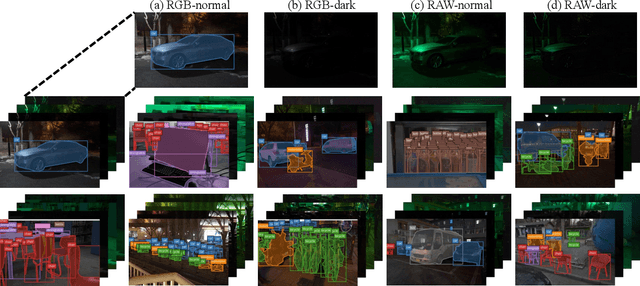
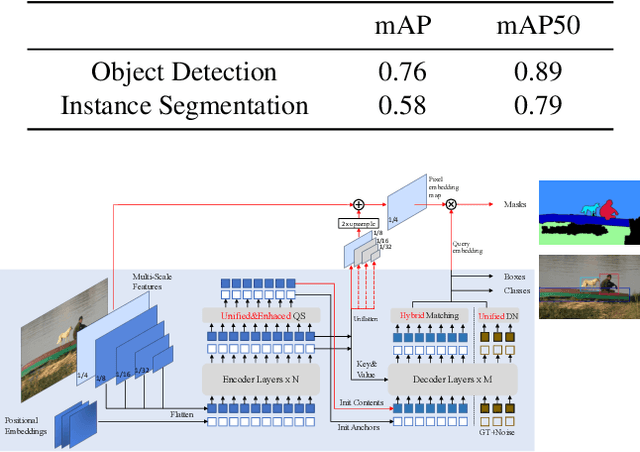

Abstract:The intersection of physics-based vision and deep learning presents an exciting frontier for advancing computer vision technologies. By leveraging the principles of physics to inform and enhance deep learning models, we can develop more robust and accurate vision systems. Physics-based vision aims to invert the processes to recover scene properties such as shape, reflectance, light distribution, and medium properties from images. In recent years, deep learning has shown promising improvements for various vision tasks, and when combined with physics-based vision, these approaches can enhance the robustness and accuracy of vision systems. This technical report summarizes the outcomes of the Physics-Based Vision Meets Deep Learning (PBDL) 2024 challenge, held in CVPR 2024 workshop. The challenge consisted of eight tracks, focusing on Low-Light Enhancement and Detection as well as High Dynamic Range (HDR) Imaging. This report details the objectives, methodologies, and results of each track, highlighting the top-performing solutions and their innovative approaches.
Multi-Modal UAV Detection, Classification and Tracking Algorithm -- Technical Report for CVPR 2024 UG2 Challenge
May 26, 2024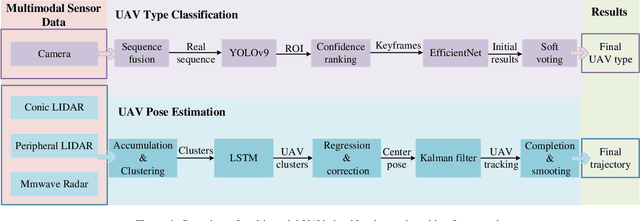


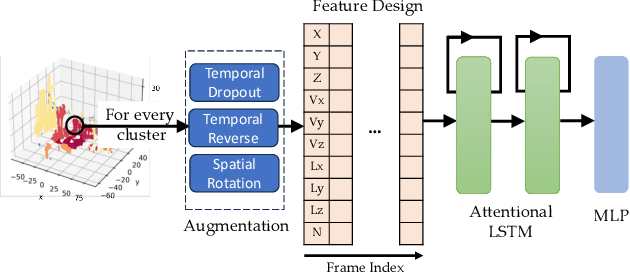
Abstract:This technical report presents the 1st winning model for UG2+, a task in CVPR 2024 UAV Tracking and Pose-Estimation Challenge. This challenge faces difficulties in drone detection, UAV-type classification and 2D/3D trajectory estimation in extreme weather conditions with multi-modal sensor information, including stereo vision, various Lidars, Radars, and audio arrays. Leveraging this information, we propose a multi-modal UAV detection, classification, and 3D tracking method for accurate UAV classification and tracking. A novel classification pipeline which incorporates sequence fusion, region of interest (ROI) cropping, and keyframe selection is proposed. Our system integrates cutting-edge classification techniques and sophisticated post-processing steps to boost accuracy and robustness. The designed pose estimation pipeline incorporates three modules: dynamic points analysis, a multi-object tracker, and trajectory completion techniques. Extensive experiments have validated the effectiveness and precision of our approach. In addition, we also propose a novel dataset pre-processing method and conduct a comprehensive ablation study for our design. We finally achieved the best performance in the classification and tracking of the MMUAD dataset. The code and configuration of our method are available at https://github.com/dtc111111/Multi-Modal-UAV.
 Add to Chrome
Add to Chrome Add to Firefox
Add to Firefox Add to Edge
Add to Edge